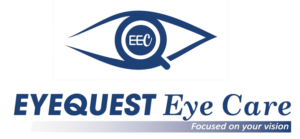
Keratoconus
Keratoconus is a progressive eye condition that affects the cornea, the clear front surface of the eye. In a healthy eye, the cornea is typically round and dome-shaped, but in individuals with keratoconus, the cornea becomes thin and progressively bulges outward into a more cone-like shape. This irregular corneal shape can result in distorted and blurry vision.
Keratoconus is a progressive eye disorder that affects the cornea, the transparent front part of the eye. This condition leads to the thinning and bulging of the cornea, causing it to assume a cone-like shape. As a result, individuals with Keratoconus experience distorted vision, increased sensitivity to light, and a need for frequent changes in prescription eyeglasses or contact lenses.
Keratoconus can significantly impact one's quality of life, making everyday tasks such as reading, driving, or even recognizing faces challenging. It often starts during the teenage years and progresses over time, necessitating early diagnosis and appropriate treatment.Diagnosis and staging of keratoconus is confirmed by an investigation known as Corneal Topography (Pentacam/ Sirius) as well as AS-OCT (Anterior Segment OCT).
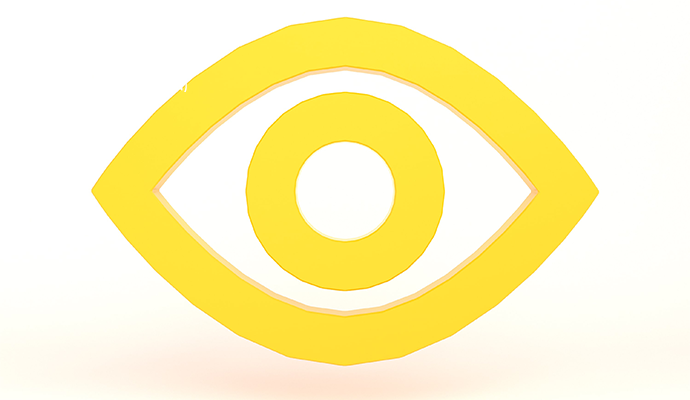
Corneal Cross-Linking (C3R or CXL)
Spectacles & Contact Lenses
For visual rehabilitation, spectacles are useful in mild keratoconus. However, due to compromised visual quality and sub-optimal vision, most patients are unsatisfactory with the spectacles.
Contact lenses provide the advantage of masking the irregular corneal surface and thereby providing dramatic improvement in the visual acuity in most cases
Rigid gas permeable (RGP) lenses, hybrid lenses, Rose-K lenses, mini-scleral and scleral lenses are some of the commonly used lenses in keratoconus
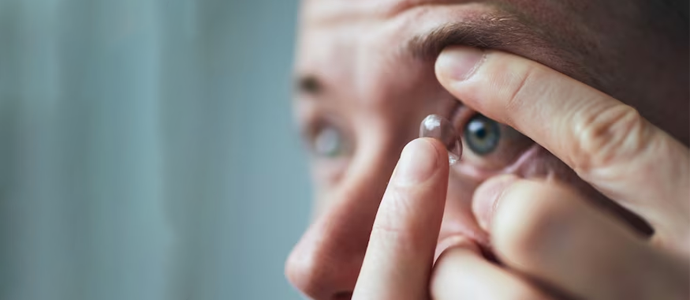
Seeking C3R treatment for Keratoconus

1. Expertise and Experience
The EYEQUEST team consists of highly skilled and experienced ophthalmologists who specialize in corneal disorders. They have successfully treated numerous patients with Keratoconus using C3R.

2. State-of-the-Art Technology
EYEQUEST Eye Care is equipped with cutting-edge diagnostic and treatment equipment, ensuring accurate assessments and effective C3R procedures.

3. Personalized Care
Every patient is unique, and EYEQUEST Eye Care recognizes this. They tailor treatment plans to meet individual needs, ensuring the best possible outcomes.
Intracorneal Ring Segments (INTACS)
In patients who are contact lens intolerable or in patients who does not want to wear contact lens but need better visual quality with spectacles, intrastromal corneal ring segments (INTACS), which look like half-moon shaped clear plastic rings, could be useful.
This procedure does not prevent progression; however, this could help to regularize corneal surface and centre the cone thereby improving the corrected visual quality or contact lens tolerance.
This procedure could be combined with CXL to prevent progression.
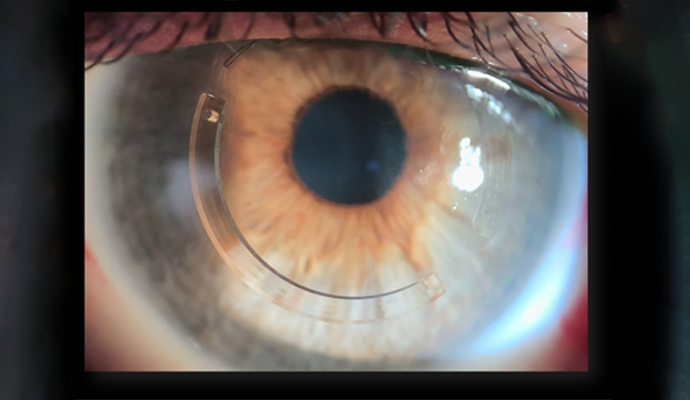

Topography-guided Custom Ablation Treatment (T-CAT)
Limited excimer laser can be used in the management of keratoconus to modify the corneal anatomy.
This procedure attempts to improve the central corneal symmetry rather than correction of the patient’s refractive errors, thereby altering minimal corneal tissue of up to 50 microns. This procedure is done after removal of the corneal epithelium using phototherapeutic keratectomy (PTK). Hence, T-CAT could result in improvement of the corneal topography and corrected distance visual acuity.
This procedure could also be combined with various CXL protocols.
Phakic Intraocular Lenses (ICL)
ICL’s are micro thin lenses implanted over the natural lens, inside the eye, to correct spectacle power
It is a viable option for visual rehabilitation if the Keratoconus patient requires independence from spectacle or contact lenses.
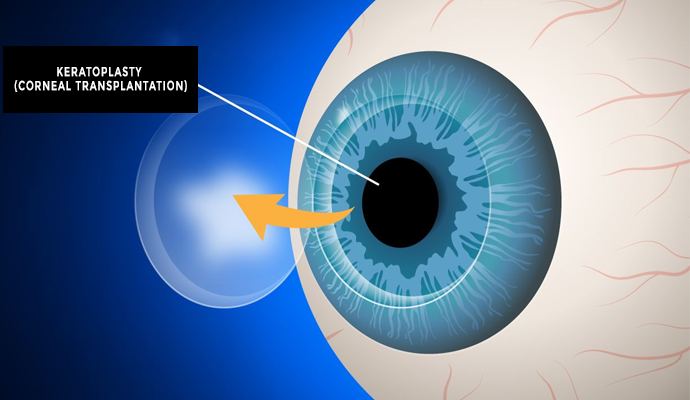
Keratoplasty (Corneal Transplantation)
In cases of patients with severe scarring in the visual axis or advanced keratoconus with progressive thinning with unstable contact lens fit and poor visual acuity, eye doctors prefer to replace the cornea with a donated cornea, the surgery is called Keratoplasty.
Depending on the extent of scarring and corneal thickness, we may decide to perform a full thickness procedure called Penetrating Keratoplasty (PK), or a partial thickness procedure called Deep Anterior Lamellar Keratoplasty (DALK).
